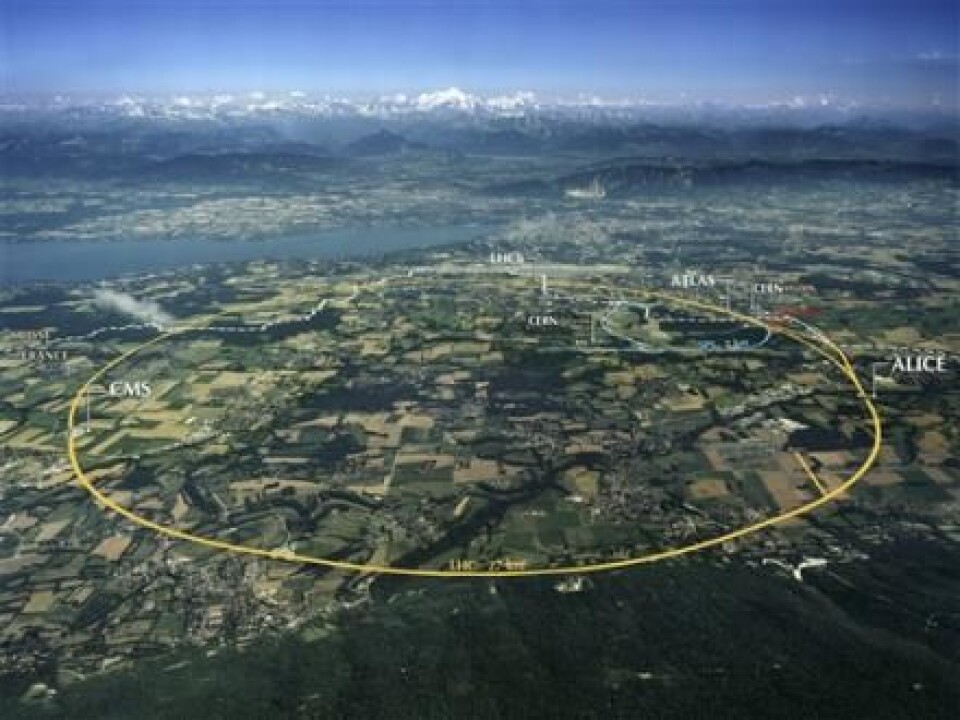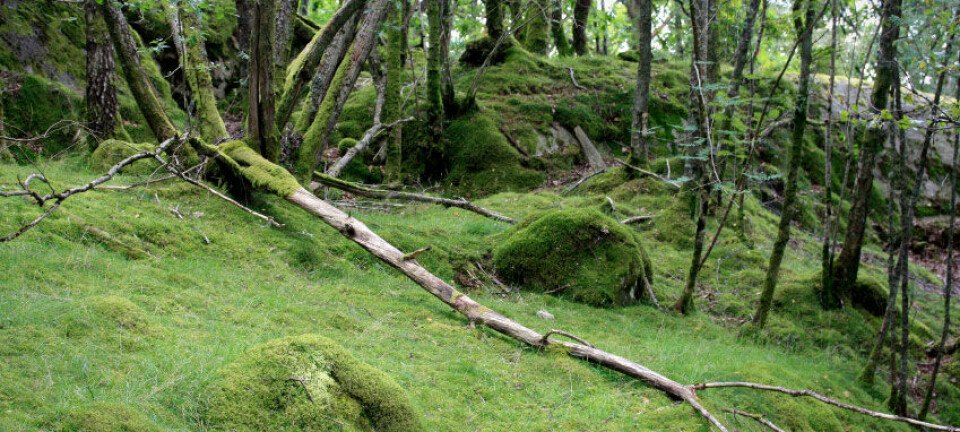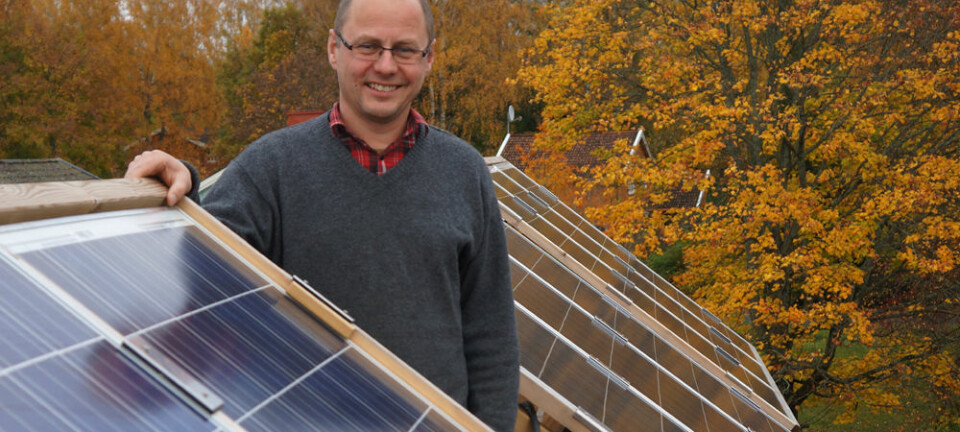
New particle accelerator will be completely climate neutral
Large research facilities such as CERN use huge amounts of energy to accelerate particles up to high speed. But a new research facility have plans to be climate neutral and even lower CO2 reductions in the local area.
Accelerating particles up to dizzying speeds to conduct ground breaking experiments requires a lot advanced technology and huge amounts of power.
In their own words, the renowned research institute CERN in Switzerland, uses enough electricity “to power 300,000 homes in Britain for a year."
But a new Danish-Swedish research facility, the European Spallation Source (ESS), could mark the end for this kind of energy consumption in the world of science.
It is currently under construction in Lund, Sweden, but when ESS is completed in 2023, the plant will be climate neutral. In fact, they aim to reduce CO2 emissions throughout the local area.

"Our preliminary data suggest that, overall, we can contribute to a reduction in CO2 emissions by 33,000 tons per year," says Thomas Parker, director of the energy department at the ESS.
How will the ESS be climate friendly?
ESS functions as a giant microscope, accelerating particles close to the speed of light.
This advanced technology will not only emit zero CO2, but in fact can help to reduce CO2 emissions. Thomas Parker explains that this is possible with targeted climate initiatives:
-
Reduction in energy consumption: From the start ESS has developed equipment that will consume a minimal amount of power
-
Renewable energy: ESS will be exclusively powered by renewable energy -- probably primarily from wind turbines.
- Recycling: The heat generated whilst running experiments at ESS will be recycled into the district-heating network, which heats the houses and apartments in the Swedish city of Lund. The ESS facility is expected to provide enough heat for around 10,000 homes.
"Overall, this means that we do not emit CO2, and we should also reduce CO2 emissions elsewhere. It is possible because we will use only renewable energy for our plant. And the heat that we create will be sent out in the local district heating systems," says Parker.
"You do not need to produce as much heat elsewhere and so we estimate that it will make a significant positive impact on the CO2 balance," he says. Parker has worked with local energy companies to estimate the CO2 data.
Using superconducting materials
According to Parker, the reduction in energy consumption means that ESS will consume much less power than similar research facilities elsewhere in the world. Initial estimates of energy consumption at ESS were in excess of 600 gigawatt-hours per year -- a huge amount of energy.
After looking at how energy consumption could be reduced, and considering their energy saving innovations, ESS now expects to consume less than 270 gigawatt-hours a year.
"The reduction in our energy use is primarily due to the particle accelerator being built more efficiently. It is a great achievement that uses multiple superconducting materials in the accelerator," says Parker.
According to Parker, the ESS climate plans have inspired other research facilities to think about climate-friendly alternatives.
Research laboratories collaborate on environmental initiatives
Along with CERN in Switzerland, staff at ESS have arranged two workshops for international research institutions to put their heads together and assess how they can make large research facilities more climate-friendly.
Along with European association of national Research Facilities laboratories (ERF), CERN and ESS have arranged two workshops where international research institutions put their heads together to rethink how they could make climate-friendly research experiments.
Following the recent workshop in 2013, CERN for example, will include a dedicated section on energy consumption in the description of each new research project.
"In the past, energy consumption was not a priority – back then it was mainly about building the best possible facilities. Now it’s first and foremost about safety, but energy consumption has also become an important consideration for any new research," says Frédérick Bordry, director for accelerators and technology at CERN.
CERN uses four times more energy than ESS
CERN uses about 1,300 gigawatt-hours of electricity per year -- and the famous particle accelerator, the Large Hadron Collider, accounts for a good portion of this when it accelerates protons close to the speed of light.
"CERN is a large consumer of energy, but at the same time, we are developing technologies that can lead to energy efficiencies elsewhere. But like the rest of society, we need to address the problem of energy consumption, and we have cooperated with ESS and ERF to do so," says Bordry.
Negawatts are key
At CERN, climate-friendly initiatives are mostly aimed at improving energy efficiency to reduce overall energy consumption.
"For me the most important thing is to work on the efficiency of the installations. The key word is negawatts," says Bordry.
Negawatts describes the amount of energy that can be saved by building an accelerator, a refrigerator, or other device, so that it uses less power.
Both Bordry and Parker point out, however, that it is a balancing act to streamline a research facility: New ground-breaking discoveries in the world of physics generally requires even bigger facilities that will likely use a lot of energy.
"Every research project will consume energy, and that's a concern for society. But a society without research will not progress either. So it's a balance between producing new knowledge while minimizing energy consumption," says Bordry.
The third workshop looking at how major research facilities could be more climate-friendly will be hosted by CERN, ESS, and ERF, in October this year.
--------------
Read the Danish version of this article on Videnskab.dk
Translated by: Catherine Jex










